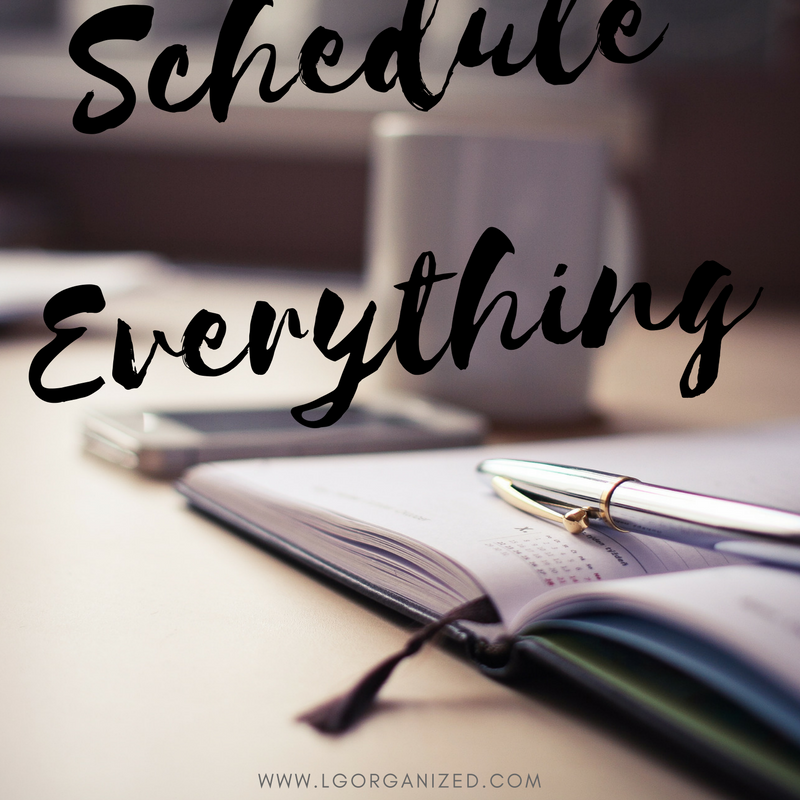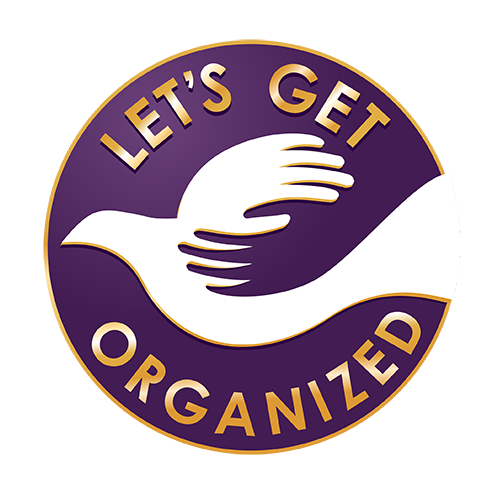
A planner. It doesn’t matter if the planner is paper or electronic. The one you use is the right one for you. Recording appointments and tasks makes time concrete and gives you control over your work day. Record everything, both small and large. Include meetings, standing appointments, project due dates, progress deadlines (to keep projects on track, e.g. have an outline for a report due on 12/15 done by 11/15), time for lunch (essential – the brain needs to take a periodic break and renew itself), time to check email and return phone calls (estimate the amount of time you think you need for this and then double it), and office hours – time when you can be disturbed by colleagues and time when you can’t. Block off time to prepare for an activity, the time it takes to do the activity, and time for transitioning to the next activity.
Color code as much as possible. Example: use red for meetings and project due dates, blue for email and phone calls, green for office hours, or whatever works for you.
Color code other things as well, so it’s easy to see at a glance what belongs in what category. Since I’m “old,” I like my paper-based systems. In my own business, I use different color folders for each work category – teal for clients, purple for marketing, green for business development, and more.
One minute of planning saves 10 minutes of doing. Before leaving for the day, set yourself up for success tomorrow. Review what you did today and tie up loose ends, check tomorrow’s schedule and block off time to advance projects in progress, and organize your work space. Coming in to a fresh, neat space, with everything in place so you know where to find what you need when you need it, allows you to be focused, creative, and productive.

